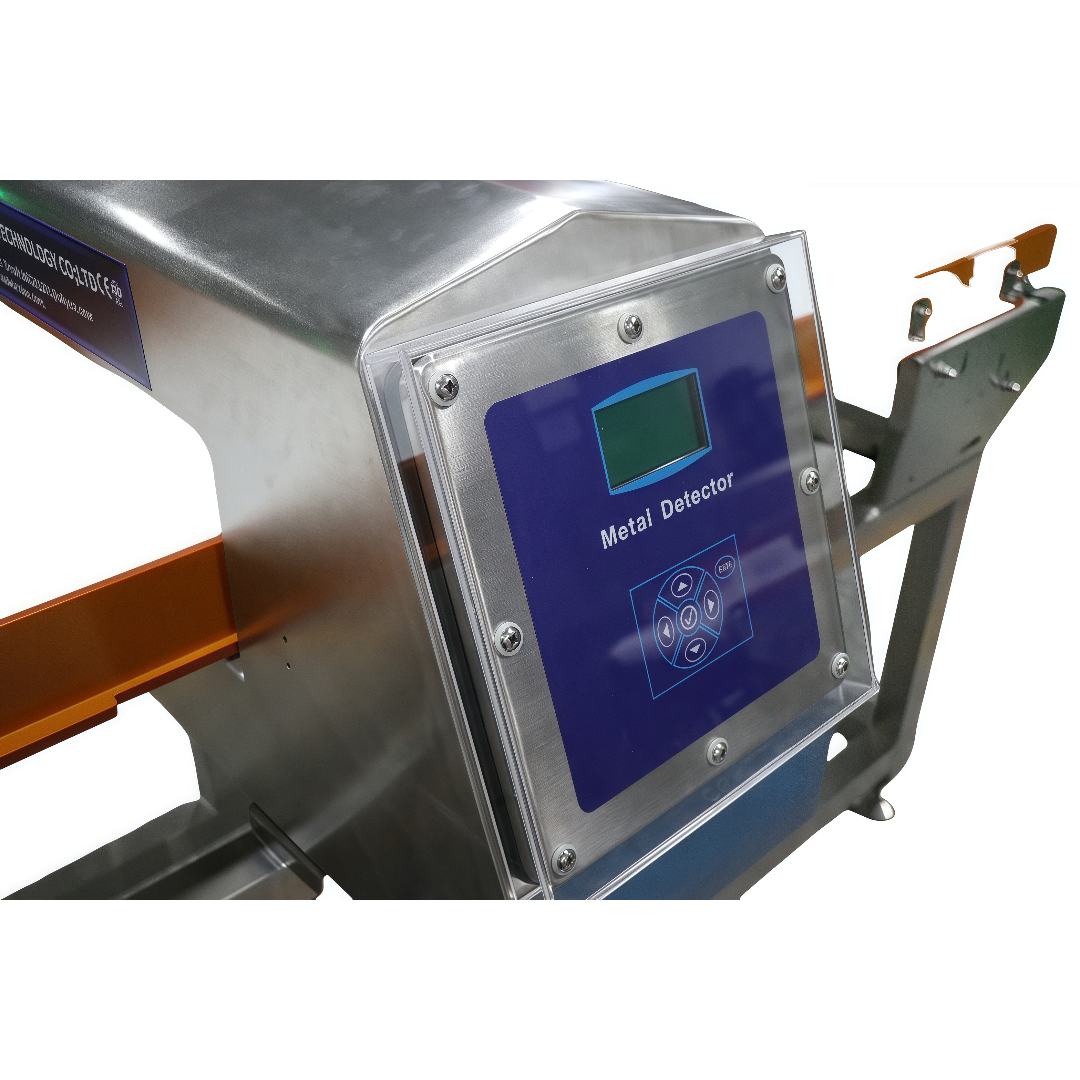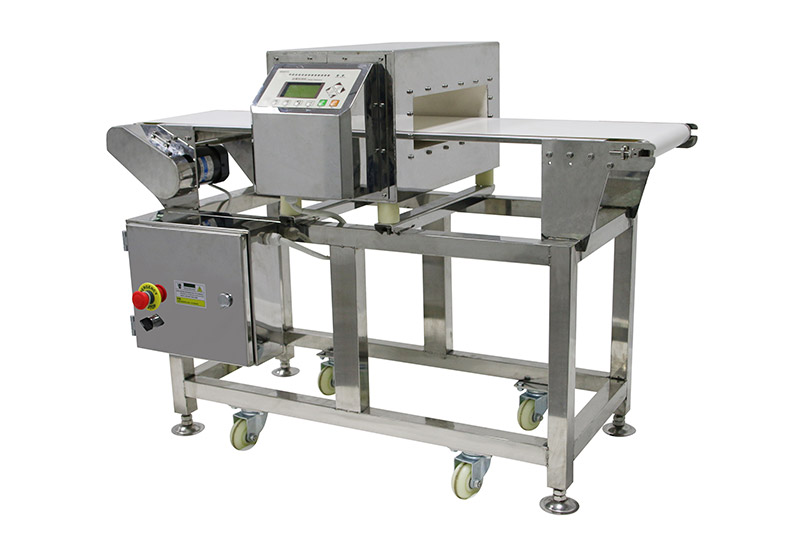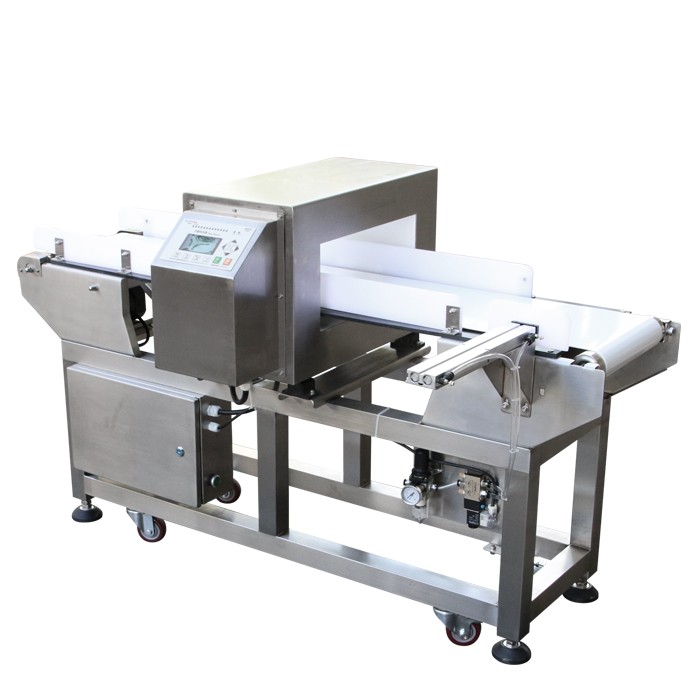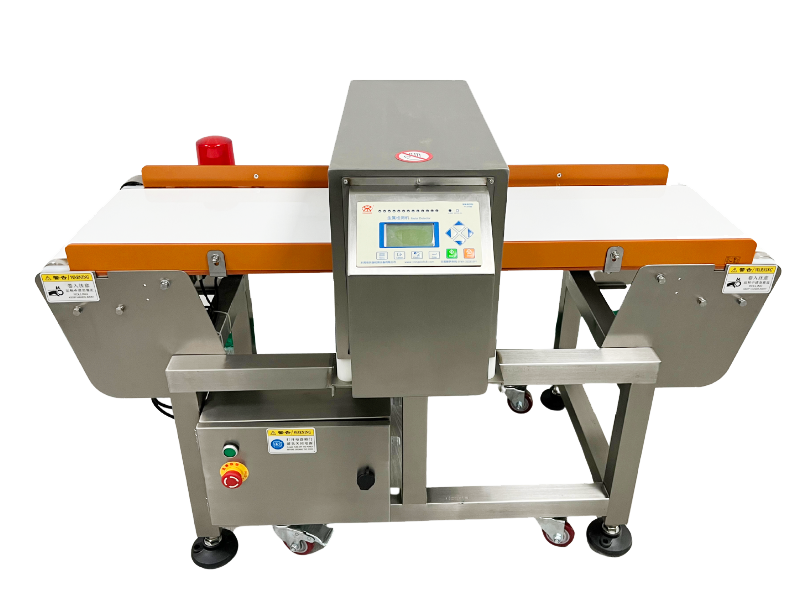The role of metal detector in frozen food ccp control
The role of a metal detector in frozen food Critical Control Point (CCP) control is vital to ensure the safety and quality of the final products. Metal detectors play a crucial role in identifying and preventing potential hazards associated with metal contamination during the production of frozen foods. Here's an exploration of the specific role of metal detectors as a CCP in frozen food production:
## I. Hazard Identification:
### A. **Metal Contamination:**
1. **Sources:** Metal contaminants can originate from various sources, including processing equipment, packaging materials, and even the raw ingredients.
2. **Risk Assessment:** Assessing the risk of metal contamination during different stages of production, especially when dealing with machinery that may have metal components.
## II. Critical Limits:
### A. **Detection Sensitivity:**
1. **Establishing Limits:** Setting critical limits for metal detection sensitivity to ensure that the metal detector can identify and reject even small metal particles.
2. **Metal Types:** Considering different types of metals (ferrous, non-ferrous, and stainless steel) and establishing appropriate detection thresholds for each.
## III. Monitoring:
### A. **Real-Time Monitoring:**
1. **Continuous Inspection:** Implementing metal detectors at strategic points in the production line for continuous monitoring of frozen food products.
2. **Automated Systems:** Utilizing automated metal detection systems that can quickly identify and signal the presence of metal contaminants.
### B. **Routine Checks:**
1. **Daily Inspections:** Conducting routine checks and inspections of metal detectors to ensure they are functioning correctly.
2. **Calibration:** Regular calibration to maintain the accuracy of metal detection systems.
## IV. Control Measures:
### A. **Automatic Rejection:**
1. **Swift Rejection Systems:** Implementing automatic rejection systems that quickly remove products containing metal contaminants from the production line.
2. **Minimizing Product Impact:** Designing rejection systems to minimize the impact on the overall production process while ensuring contaminated products are removed promptly.
### B. **Equipment Design:**
1. **Material Selection:** Choosing non-metallic or food-grade materials for equipment in close proximity to the product to minimize the risk of metal contamination.
2. **Separation Distance:** Ensuring an adequate separation distance between metal components of machinery and the product.
## V. Verification:
### A. **Periodic Testing:**
1. **Sample Testing:** Periodically testing product samples to verify the effectiveness of metal detection systems.
2. **Challenge Testing:** Intentionally introducing metal test pieces during production to confirm that metal detectors can reliably identify and reject contaminated products.
### B. **Record Keeping:**
1. **Documentation:** Maintaining detailed records of metal detector performance, including calibration logs, inspection results, and any corrective actions taken.
2. **Traceability:** Recording information that allows for traceability of products in case of a metal contamination incident.
## VI. Employee Training:
### A. **Operating Procedures:**
1. **Training Programs:** Providing comprehensive training to employees on the proper use and operation of metal detectors.
2. **Response Protocols:** Ensuring that employees are familiar with response protocols in case of metal detection alerts.
## VII. Continuous Improvement:
### A. **Root Cause Analysis:**
1. **Investigation Protocols:** Establishing procedures for investigating the root causes of metal contamination incidents.
2. **Corrective Actions:** Implementing corrective actions to address identified issues and prevent future occurrences.
## VIII. Integration with Other CCPs:
1. **Comprehensive Control:** Integrating metal detection as part of a comprehensive food safety program that includes other CCPs, such as temperature control and sanitation measures.
## IX. Conclusion:
Metal detectors serve as a critical control point in frozen food production by identifying and preventing metal contamination hazards. Through continuous monitoring, routine checks, and employee training, manufacturers can effectively integrate metal detection systems into their CCP control measures. The implementation of robust metal detection protocols ensures that frozen food products are free from metal contaminants, meeting safety standards and consumer expectations.





